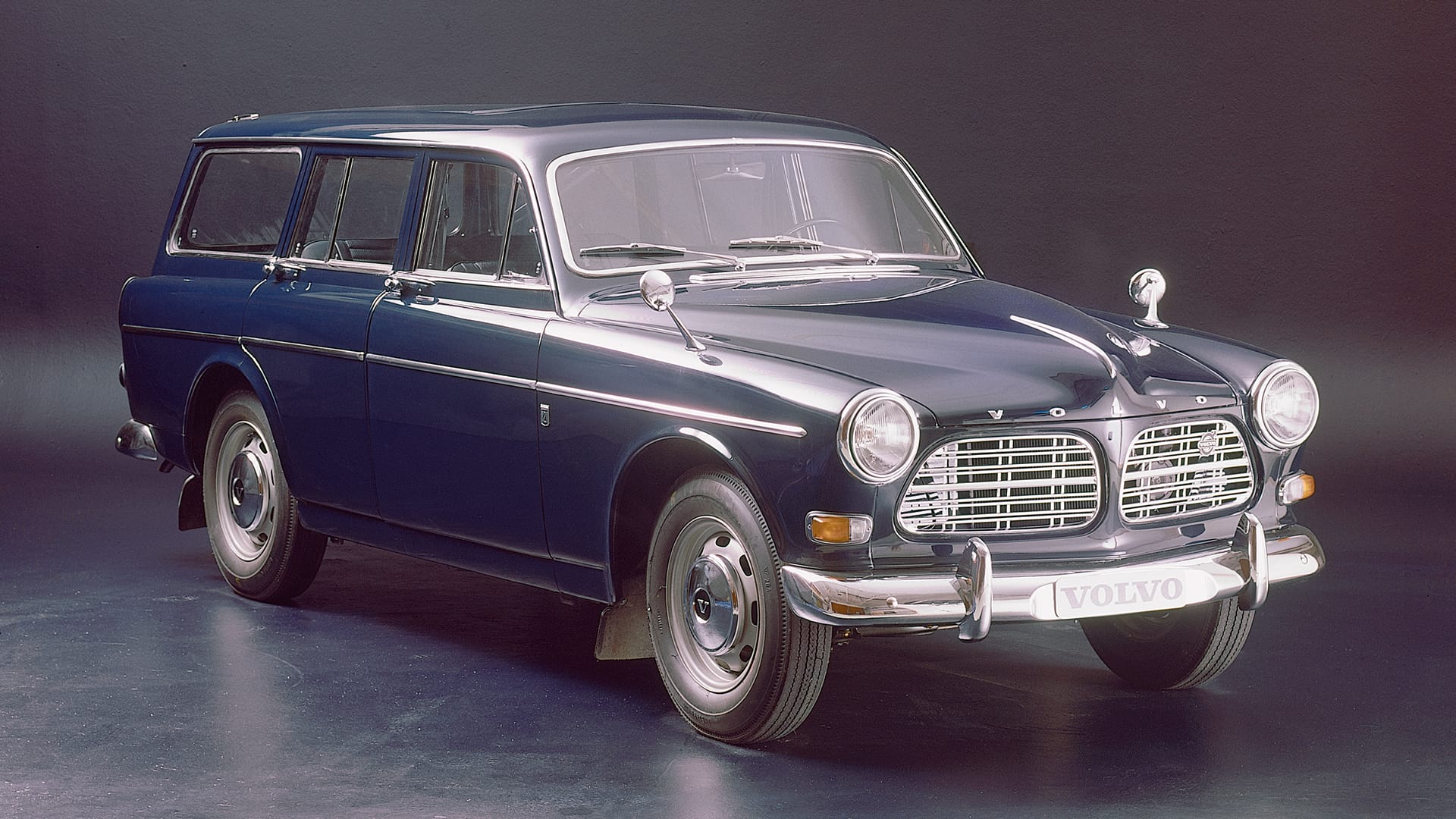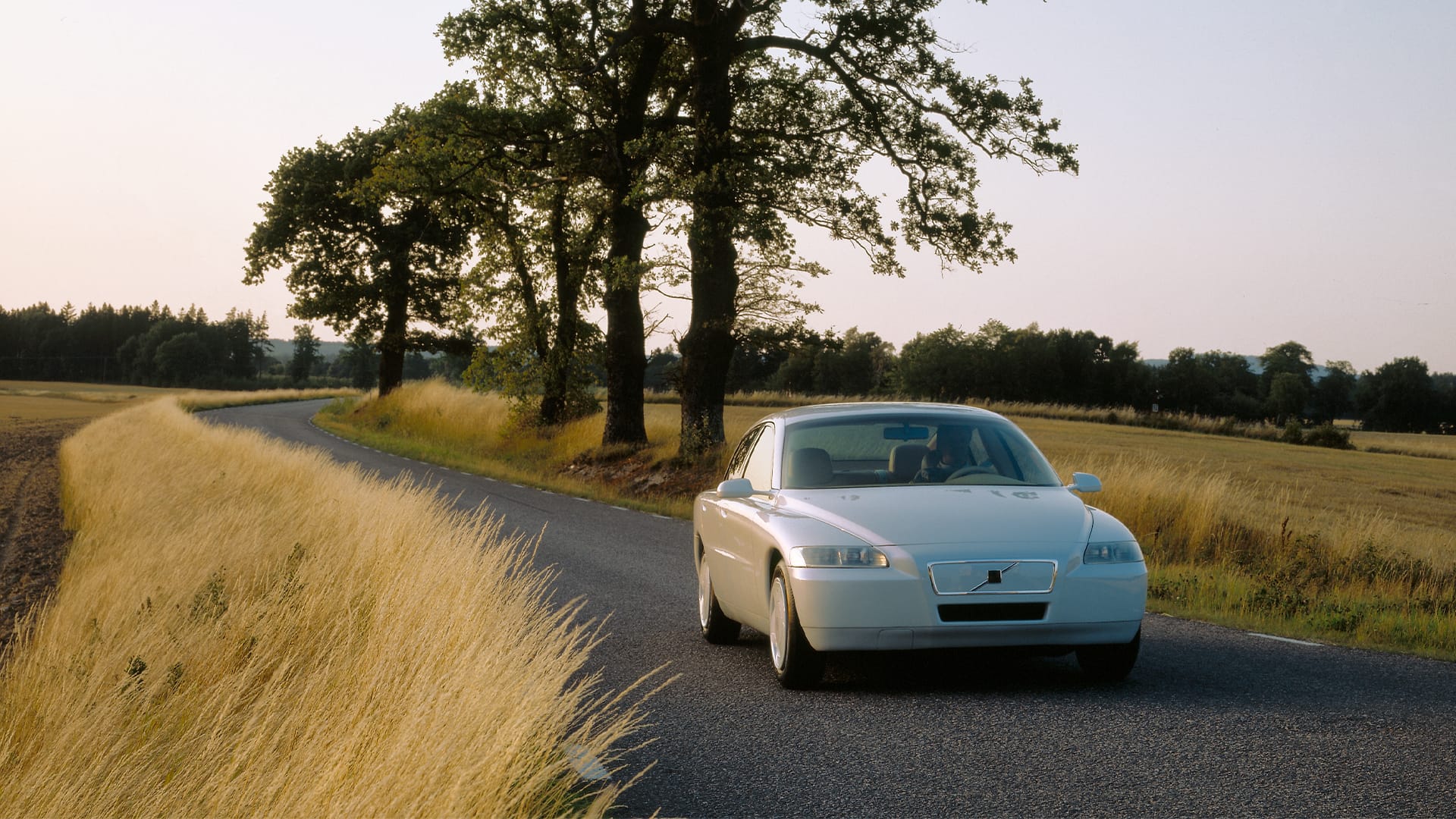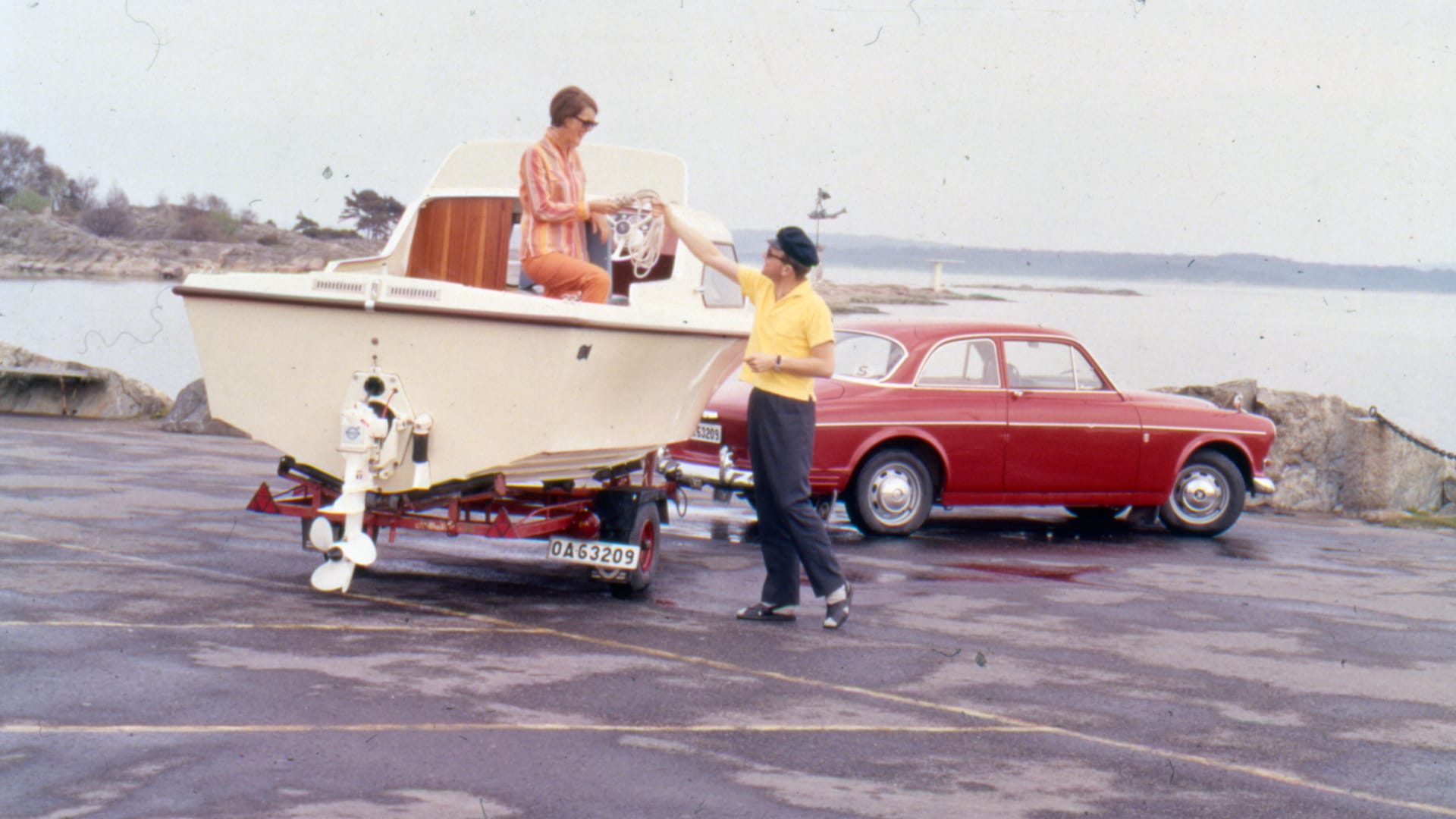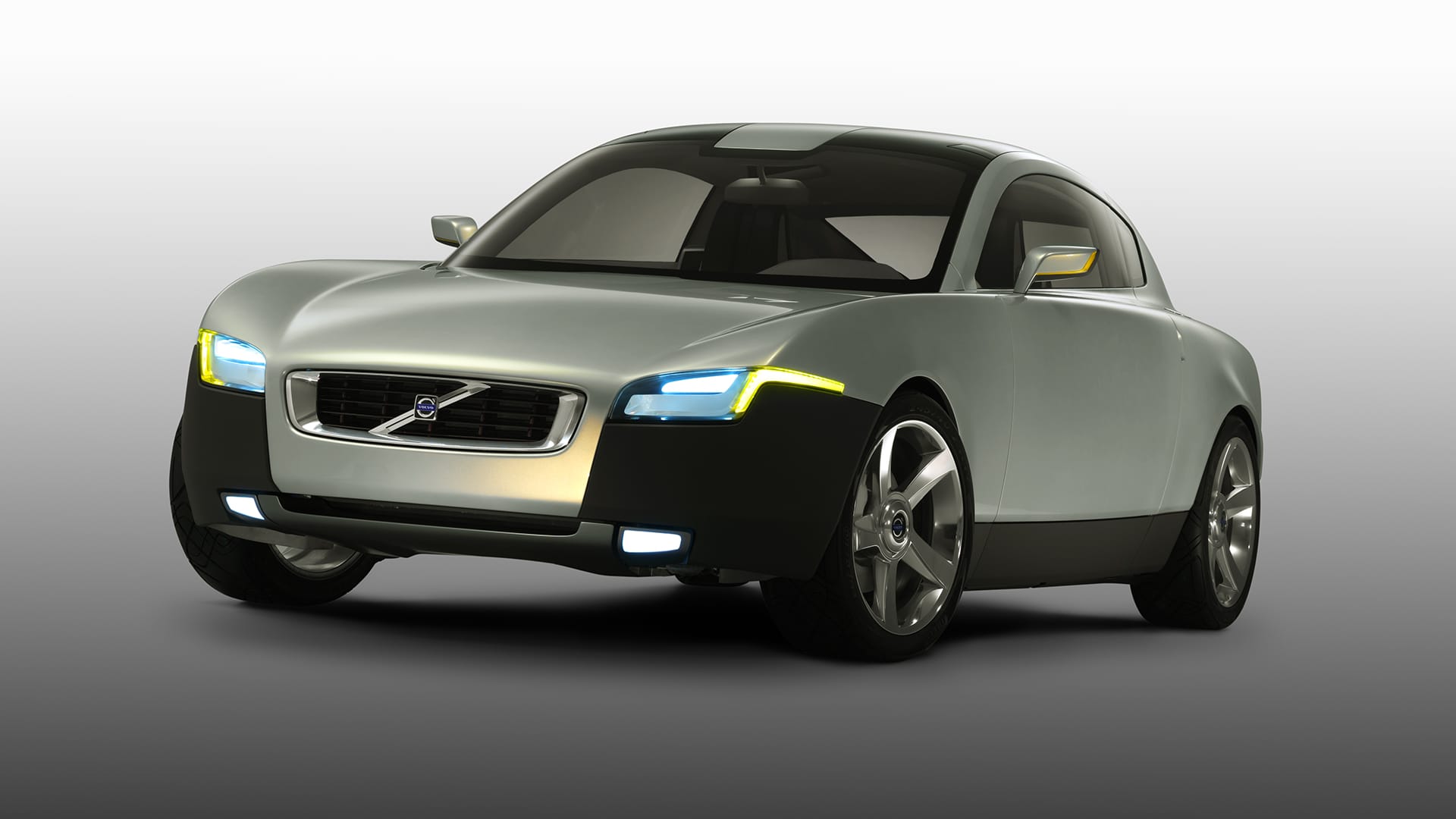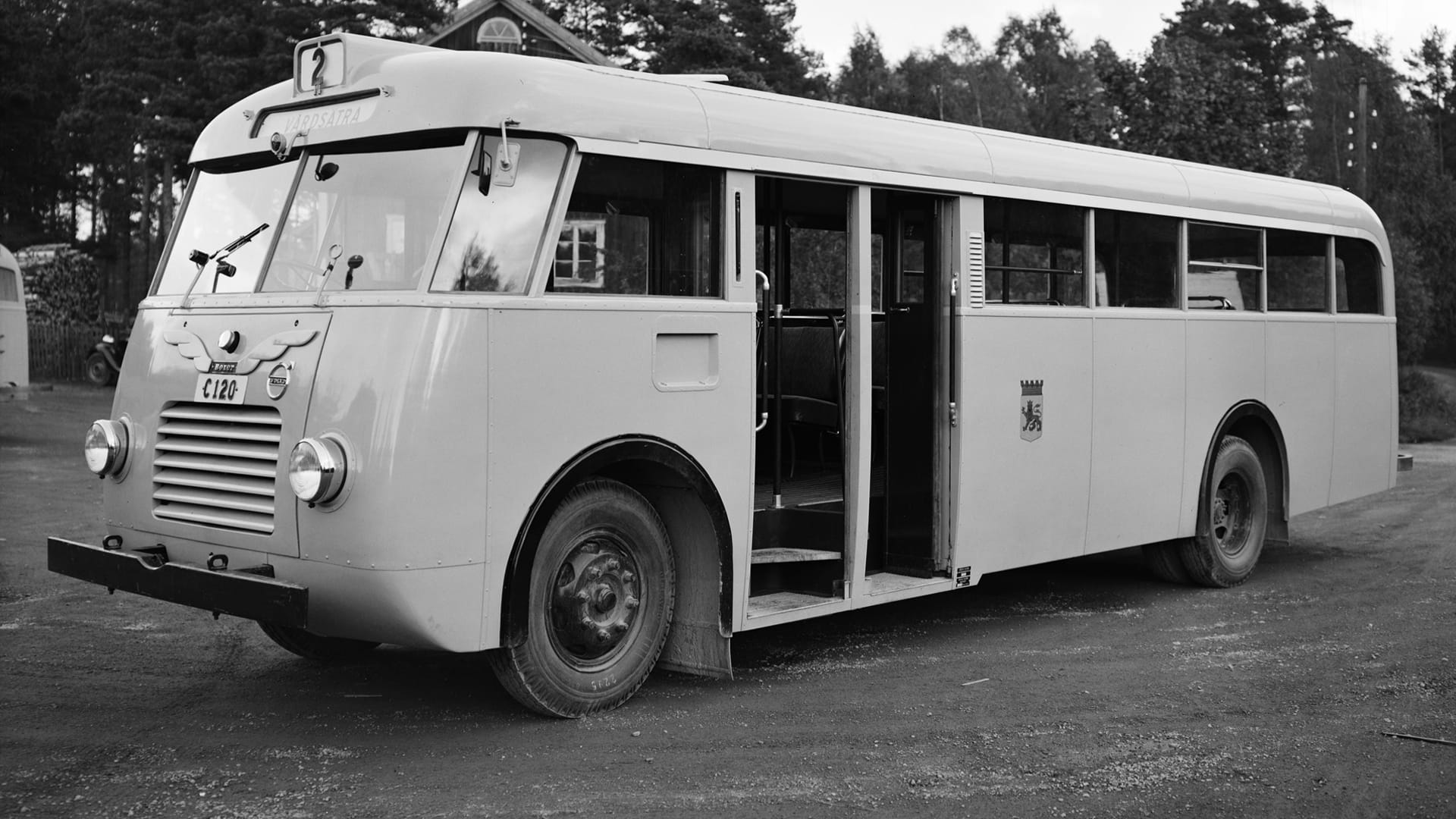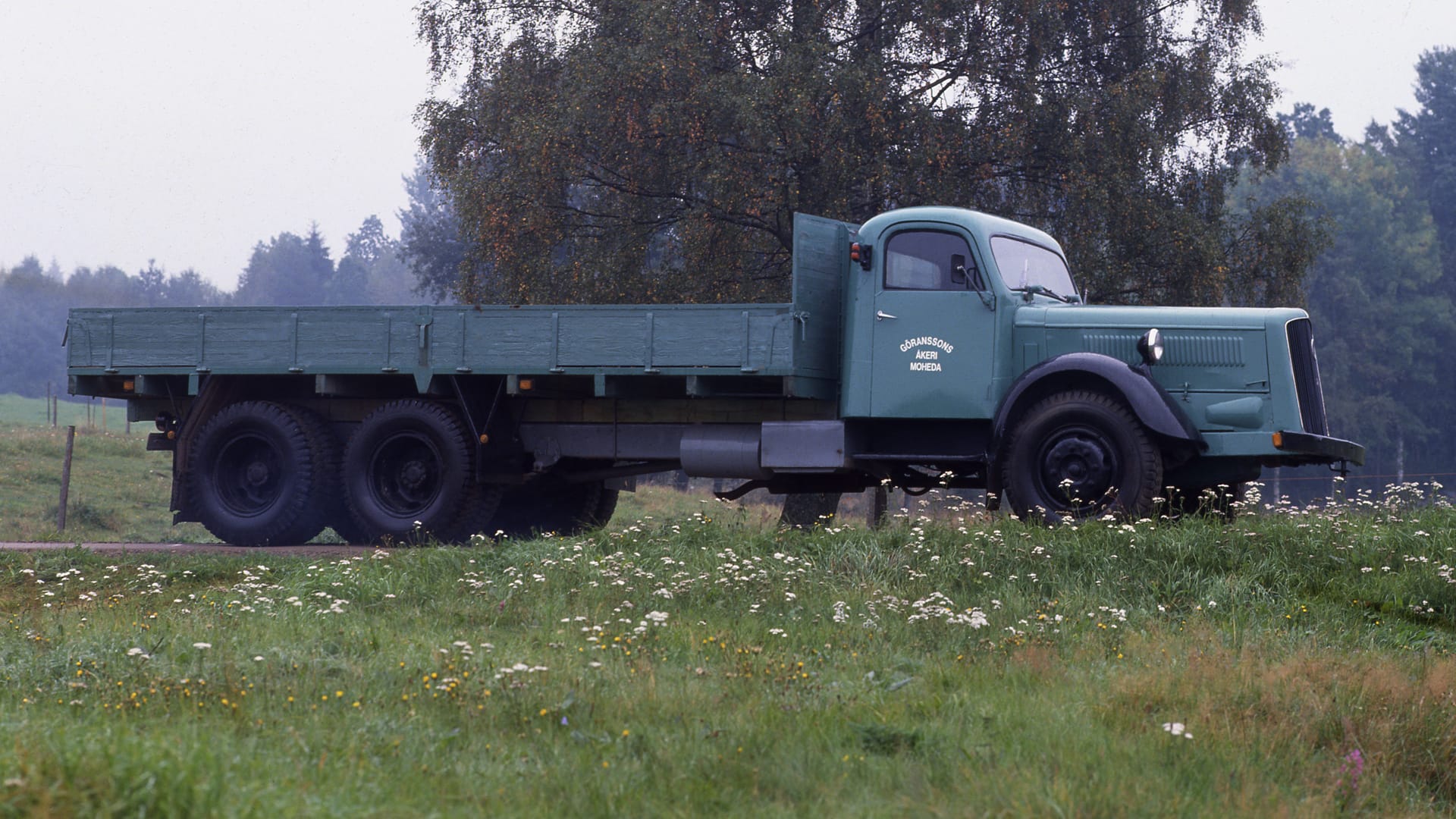Volvo Amazon
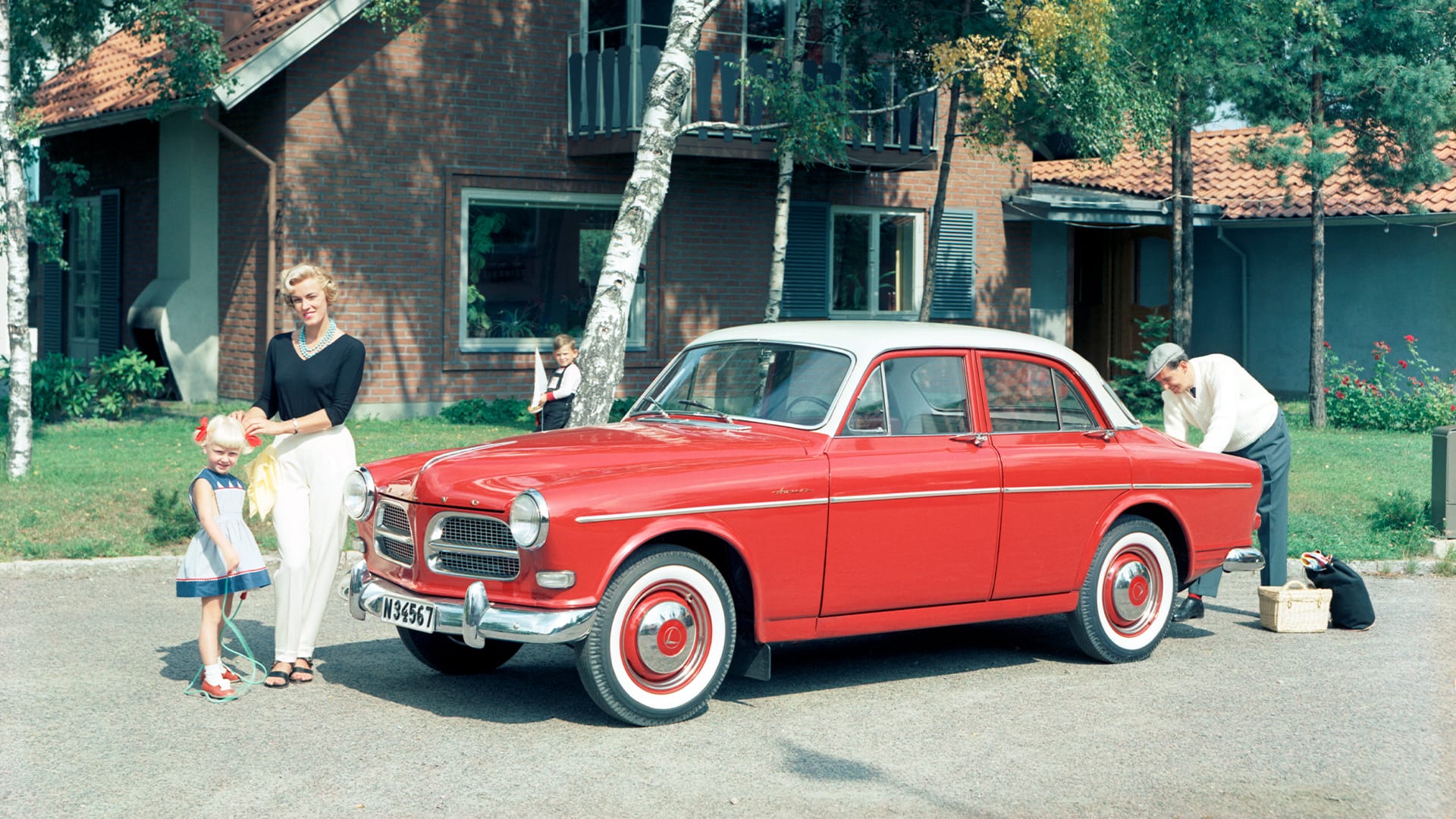
Style meets safety
The Amazon name is only used in the Nordics region due to a naming conflict. The model becomes the world's first car model in 1959 with factory-installed three-point safety belts.
The model sells heavily on its appearance and is the first production model designed by the then 26-year-old design chief Jan Wilsgaard. Amazon brings significant export success: 60 percent of the cars are sold abroad.
Aesthetic concerns
“It shouldn't be so beautiful, but rather ugly!" Volvo's co-founder Assar Gabrielsson is lovingly critical of the design of the Amazon at the very first viewing. But Volvo's other founder, Gustaf Larson, defends the appearance and management decides to proceed with manufacturing.
When the car is launched in 1956, its appearance is highlighted. The headline of the first brochure reads: "A Swedish beauty with speed and temperament," and it is said that "many will buy it for its beauty."
Young designer
Amazon is the first mass-produced car designed by the young design chief Jan Wilsgaard. He is 26 years old when Amazon is revealed and has already been shaping it for a couple of years. He has already designed the V8 Philip car, which, never reaches production. While it is clearly inspired by American design and models like the Kaiser Manhattan, the Amazon bears more Italian traits.
Naming dispute
Initially, the model is named Amason, after warrior women in Greek mythology. But “Amazon” feels more internationally viable, so Volvo wants to change one letter – but then there's a halt. The German moped and motorcycle manufacturer Kreidler already sells a moped named Amazone and owns the rights to the name. After a financial settlement, Volvo is allowed to use Amazon in the Nordic countries, but elsewhere in the world, the car is only given numerical designations; the first models are called 121 and 122S.
Launch
Volvo can now offer a spacious and safe family car with a modern and fuel-efficient overhead valve engine. However, the price means a step up: 12,600 kronor, while a PV 444L or PV444 costs 9,275 kronor. During the press launch at the Winter Palace in Norra Bantorget, Stockholm, Gerhard Salinger from Volvo's Experimental Department tells Svenska Dagbladet that they had three basic requirements for the new model: safety, comfort, and ease of maintenance.
Safety
From the start, the car has fastenings for two-point safety belts – but above all, Amazon becomes in 1959, together with the PV544, the world's first car model with the three-point safety belt as standard. Various estimates say that the three-point safety belt has saved a million lives, a task that is naturally difficult to calculate and confirm. But there is hardly any doubt that no other safety detail in cars has meant as much. Amazon also has a soft dashboard to reduce injuries, something that American manufacturers imitate.
Comfort
Mechanically, Amazon has some similarities with PV444 – like the wheelbase – but at launch, it is emphasized that Amazon is newly designed. Comfort – the second requirement – is provided with a new chassis. The front suspension has an entirely new design, with coil springs and sway bars: a shorter upper and a longer lower on each side. Both are triangular and rest on rubber bushings. The rear suspension has coil springs resting on rubber-mounted trailing arms, plus two control arms and a sway bar (so-called Panhard rod) between the axle and chassis.
Ease of maintenance
An example of ease of maintenance – the third requirement – is that there are only five lubrication points in the front suspension, which must be serviced every 5,000 kilometres. In the previous model, the PV444, there are 17 lubrication points that must be serviced every 1,500 kilometres. The B16 engine is basically an enlarged version of B4B/B14. In the first versions, the output is 60 hp, but a sports version with twin SU carburettors produces 85 hp. In 1961, the B18 engine is introduced, with 75 hp in the Amazon 121, and 90 hp with twin SU carburettors in the Amazon 122S Sport.
Two-Tone
Initially, there is only a three-speed gearbox. Later, a four-speed, supplemented with electronic overdrive, and in the mid-60s, an automatic transmission. A peculiarity is that the handbrake lever is not located under the dashboard but on the outside of the driver's seat. Amazon is initially only available with four doors, although customers at this time prefer two-door cars. The first two model years are available only with two-tone paint. The combinations offered are: black, midnight blue or ruby red body with a light grey roof. Or a light grey body with a black roof.
Estate
In the mid-60s, a two-door version, the P130, is introduced, which is an economical version of the four-door model. By then, the estate P220 Amazon has already arrived, premiering at the motor show in Stockholm in 1962. It quickly becomes known as a more exclusive alternative to the Duett. To achieve a low-loading floor, the rear suspension is redesigned. The rearward-facing control arms are reinforced and positioned under the rear axle. The rear part of the body is constructed with a frame of sturdy beams. The Amazon estate can carry 490 kilograms, and the cargo space is 183 cm long.
1966 sees the launch of the Amazon 123GT, with the same engine as in the P1800S, 115 hp and overdrive. A tachometer stands on a small pedestal on the dashboard and is standard equipment.
Quick as a rocket
Amazon is also noted for its driving characteristics; both engine performance and chassis receive praise in motoring magazines. British racing driver Mike Hawthorn tests the Amazon 122S for the Sunday Express and writes: "Certainly, there cannot be many cars in the world with that engine size that have such performance. It is as quick and lively as a rocket." He is surprised by this Swedish and - on paper - modest car and continues: "It's like thinking you're sipping a soda and accidentally taking your neighbour’s whiskey."
Built in many places
Amazon is manufactured in several places worldwide, and 60 percent of the cars are sold abroad. In June 1963, Volvo's factory in Halifax, Canada, opens to produce cars for the North American market, under the name Volvo Canadian. Cars are also assembled in Durban, South Africa, and in Alsemberg, Belgium - with production moving to Ghent in 1965. The year prior, production begins at the new Torslanda factory in Gothenburg, with a capacity for 200,000 cars in two shifts. All Amazon production moves there.
Powell's passion
Amazon becomes somewhat of a cult car, especially in the USA. Among other things, Colin Powell, the USA’s former Secretary of State and Chairman of the Joint Chiefs of Staff, is a big fan of cars. He has owned several classic Volvos, including a 1966 Amazon estate. When he left his post as Chairman of the Joint Chiefs of Staff in 1993, he was given an Amazon in dire need of renovation by President Bill Clinton and Vice President Al Gore.
Drive it like you hate it
In the film about the Watergate scandal, All the President’s Men, one of the whistle-blowers, Washington Post reporter Bob Woodward, played by Robert Redford, drives a white Amazon. In the USA, New York publicist Amil Gargano takes over the Volvo account in 1962. His analysis is that Volvo cars can handle anything, and in one of the commercials, you can see an Amazon being driven hard on gravel roads. The closing text reads: "And you can drive it like you hate it. Cheaper than psychiatry."
Amazon is produced for ten years, totalling 667,332 units.
